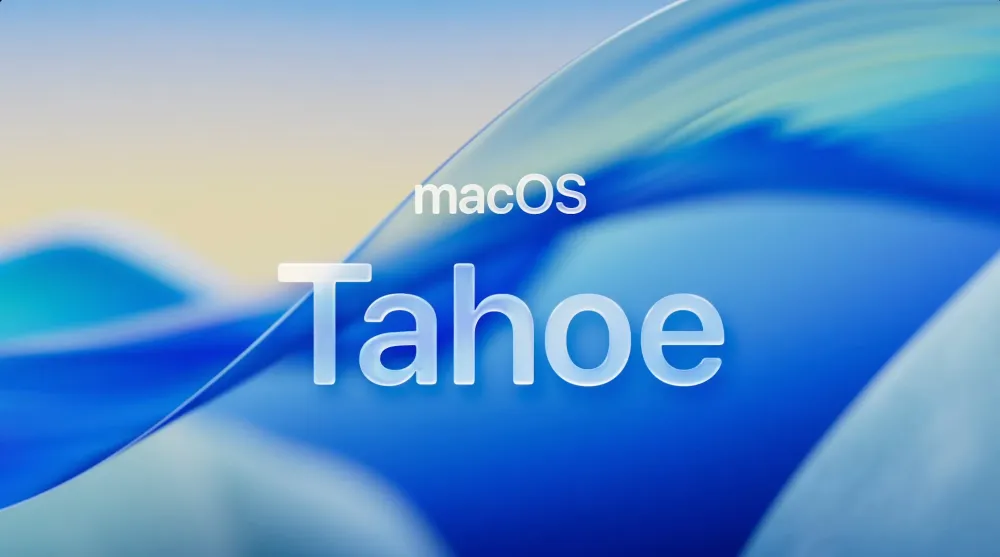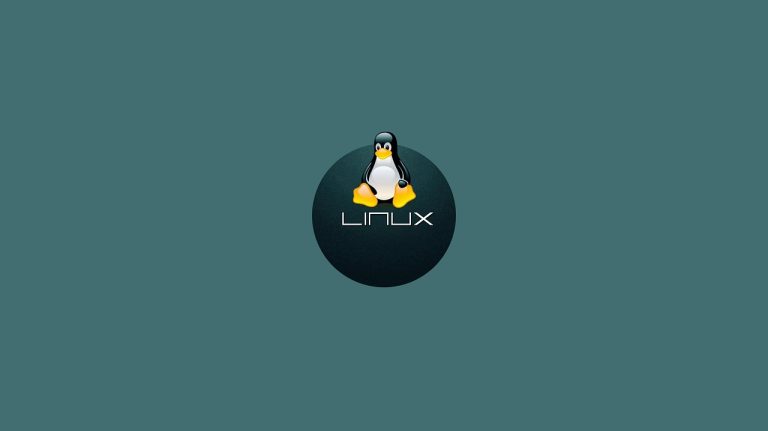
At Monday’s presentation, Apple unveiled a new open-source initiative—an innovative framework that enables the execution of Linux containers on Mac computers. This solution is designed for developers who require a Linux environment but prefer the stability and performance of macOS.
Unlike virtual machines, containers encapsulate applications along with their dependencies into a single, isolated image that adheres to the Open Container Initiative (OCI) standard. This allows such images to be seamlessly deployed across cloud platforms and data centers using familiar orchestration tools like Kubernetes.
Until now, containerization on macOS has remained an area fraught with compromises. Developers could resort to tools such as Docker, Podman, Orbstack, or Lima on macOS, but many of these solutions suffered from performance limitations or compatibility issues—particularly on Apple Silicon chips.
Apple has now stepped into the fray with its own solution. The new Apple Containerization framework is a fully open-source product, engineered to integrate deeply with Apple’s proprietary architecture. Written in Swift and fine-tuned for M-series processors, it offers a lightweight, isolated, and high-performance environment for container execution, free from excessive overhead and common security pitfalls.
What sets Apple’s approach apart is its deviation from the traditional Docker model of using a shared Linux VM. Instead, each utility block is assigned its own minimalist virtual machine, which enforces stricter isolation, simplifies resource management, and eliminates the need for manual port forwarding by automatically assigning a unique IP address to each container.
According to Apple’s official documentation, container startup occurs within fractions of a second, owing to a streamlined Linux kernel and a minimal file system stripped of most standard utilities and dynamic libraries. This not only accelerates boot times but also reduces the attack surface, thereby enhancing the overall security of the container environment.
Containers built with this new toolkit reportedly consume significantly less memory than full virtual machines, while still achieving comparable boot performance.
However, the technology comes with certain limitations. Full functionality is expected only in the upcoming macOS version 26 “Tahoe,” which has yet to be released. On the current macOS 15 “Sequoia,” the framework operates in a significantly restricted mode. Apple has also shifted its versioning scheme from sequential numbering to a year-based index, aligning it with the naming convention used in iOS.
Additionally, support for memory ballooning—the technology that allows virtual machines to dynamically resize memory allocations—is only partially implemented at this stage. As a result, the flexibility of resource distribution when running numerous parallel modules may be constrained.
Whether these promising capabilities hold up in real-world use remains to be seen. This is not a direct alternative to Docker, but rather a reimagining of isolation within Apple’s closed ecosystem. Here, modularity, performance, and security are not trade-offs, but core tenets embedded in the very fabric of the architecture. If the project continues to evolve, it may well redefine the landscape of local development and testing on macOS.


